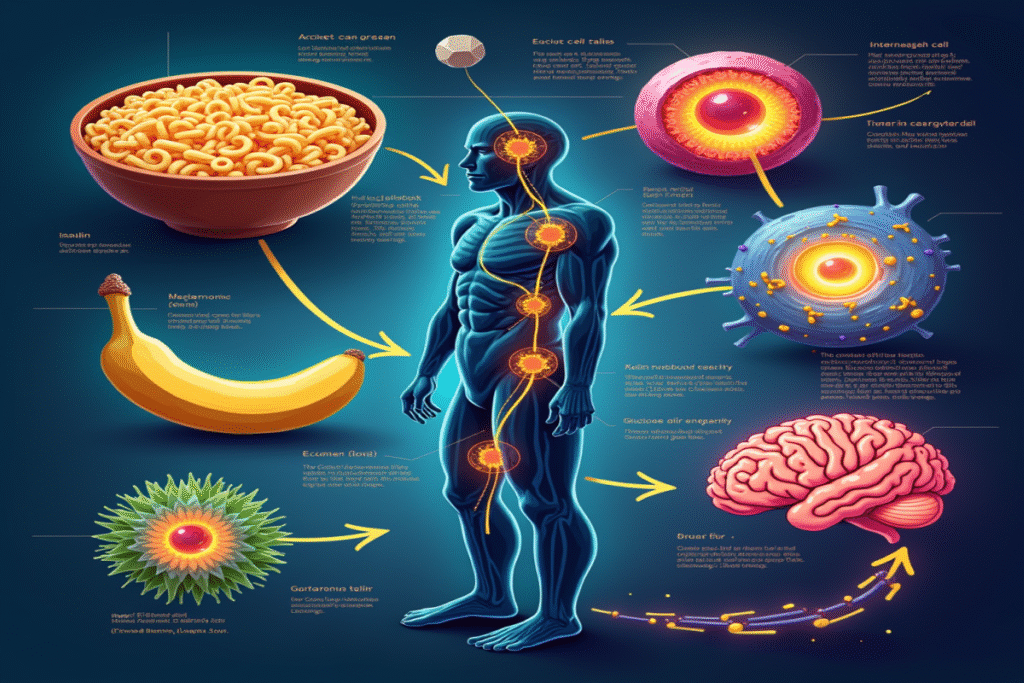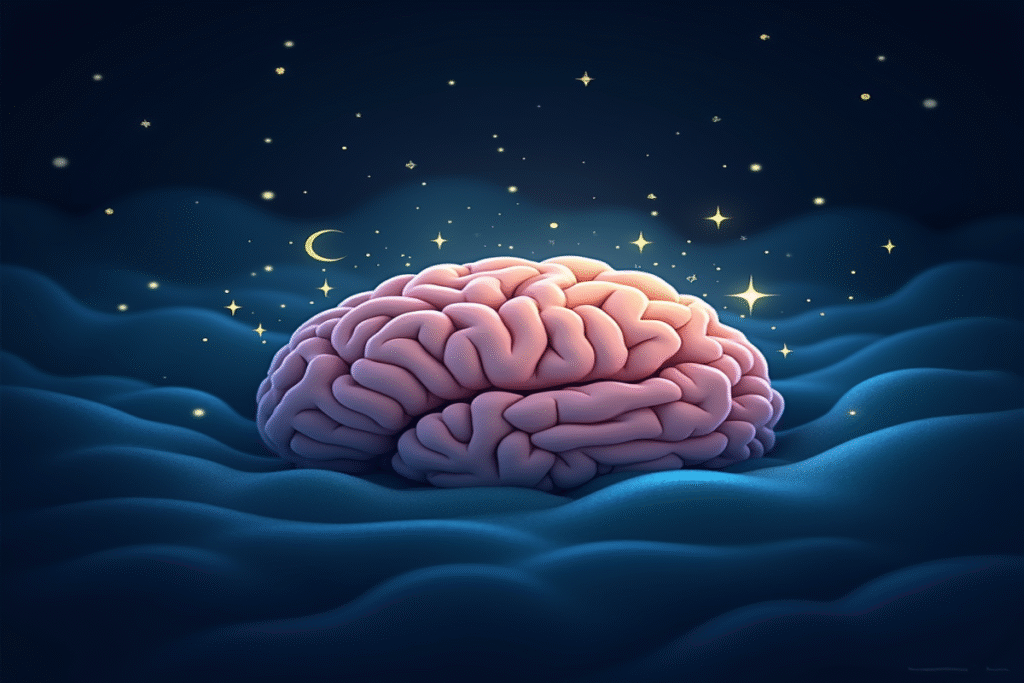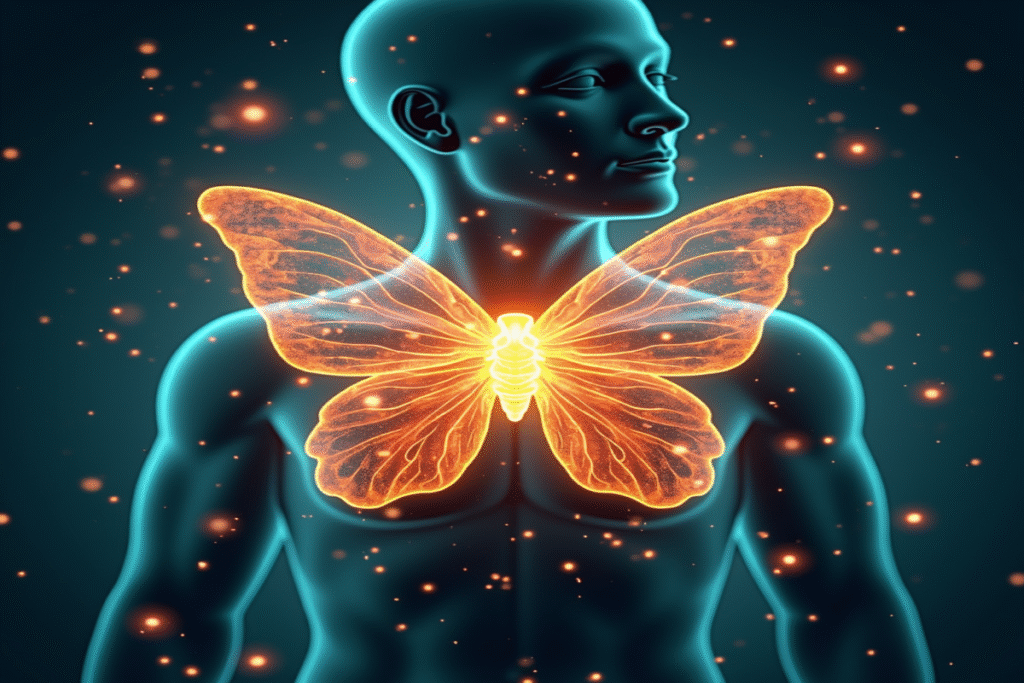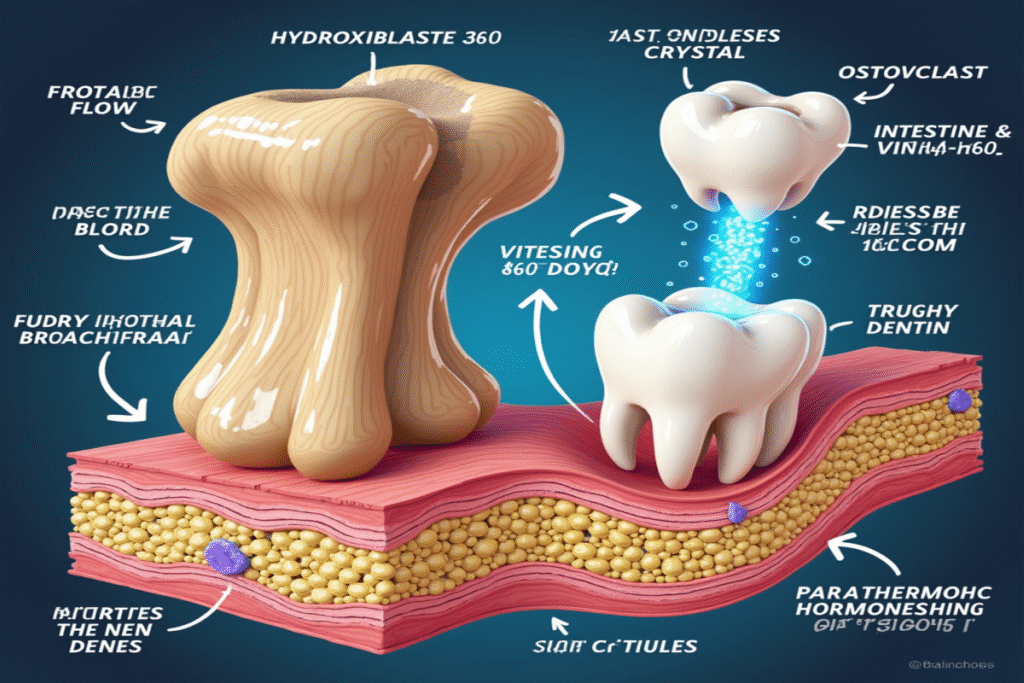The Science Behind Your Emotional Brain
Ever wondered why you wake up feeling on top of the world one day and down in the dumps the next? The answer lies in the remarkable machinery inside your skull, orchestrating a symphony of chemicals and electrical signals that shape your emotional landscape.
Your brain doesn’t just experience emotions—it creates them through an intricate biological process that scientists continue to explore. What they are discovering is nothing short of fascinating.
Your Emotional Command Center
Deep within your brain is a structure called the amygdala—an almond-shaped cluster of nuclei that serves as your emotional processing hub. When you feel fear after seeing a spider or joy upon receiving good news, your amygdala interprets sensory information and triggers the appropriate emotional response.
But the amygdala doesn’t work alone. It’s part of the limbic system, an interconnected network that includes the hippocampus (important for forming emotional memories), the hypothalamus (which links emotions to physical responses), and the prefrontal cortex (which helps regulate emotional reactions).
The Chemical Cocktail of Feelings
What you experience as “happiness” or “anxiety” is actually a sophisticated mix of chemicals circulating in your neural circuits. These neurotransmitters and hormones include:
- Dopamine – The “reward” chemical that creates feelings of pleasure and satisfaction
- Serotonin – The “mood stabilizer” that helps regulate anxiety and happiness
- Oxytocin – The “love hormone” involved in social bonding and trust
- Cortisol – The “stress hormone” that puts your body on high alert
The balance of these chemicals changes throughout the day, which helps explain why your emotional state rarely feels the same all day long.
Why Your Mood Is Different Every Day
Have you noticed you tend to feel more optimistic in the morning and more anxious in the afternoon—or perhaps the opposite? This isn’t just coincidence—it’s your biology in action.
Your brain operates on a circadian rhythm, a roughly 24-hour internal clock that regulates many physiological processes. This rhythm influences hormone production, including cortisol (which peaks in the morning) and melatonin (which rises in the evening), directly affecting your mood at different times of day.
Research from the University of California has found that most people’s mood follows a predictable pattern: happiness tends to rise in the morning, dip in the afternoon, and recover in the evening. However, this pattern can vary greatly between individuals.
The External Mood Modulators
In addition to your internal clock, many external factors influence your daily emotional state:
Light Exposure
Sunlight directly affects your brain’s production of serotonin and melatonin. Those gloomy feelings during cloudy days or winter months? That’s your brain responding to decreased light exposure. Seasonal Affective Disorder (SAD) is a more extreme example of this effect.
Social Interactions
A 2019 study published in Nature Communications found that positive social interactions trigger neural activity in the brain’s reward centers, releasing dopamine and oxytocin. Negative interactions, on the other hand, can activate stress pathways, explaining why a difficult conversation can affect your mood for the rest of the day.
Physical Movement
Exercise isn’t just good for your body—it’s a powerful mood booster. Physical activity prompts your brain to release endorphins, which are natural painkillers and mood elevators. Even a 10-minute walk can noticeably improve the way you feel.
The Gut-Brain Axis: Your Second Emotional Brain
One of the most surprising discoveries in emotion research is the profound connection between your gut and your emotions. Your digestive system contains over 100 million neurons and produces about 95% of your body’s serotonin.
Scientists now refer to the gut as your “second brain,” and research suggests that the microbes in your gut communicate with your brain, influencing your mood and emotional responses. What you eat can literally affect how you feel the next day.
Emotional Predictability in an Unpredictable System
While your emotions may seem unpredictable, they often follow certain patterns. Neuroscientist Lisa Feldman Barrett’s groundbreaking research suggests that emotions are not universal reactions but are constructed by your brain based on physical sensations, past experiences, and cultural context.
Your brain is constantly making predictions about your emotional state, using past patterns to anticipate your reactions to current events. When these predictions match reality, you might feel emotionally stable. When they don’t, you may feel unsettled.
The Practical Side of Emotional Science
Understanding the biological basis of your emotions offers practical benefits. By recognizing that your mood often follows predictable patterns, you can:
- Schedule demanding tasks when your mood naturally improves
- Use interventions like light therapy or exercise when you expect your mood to dip
- Practice self-compassion during tough moments, knowing emotions are products of biology rather than personal failings
The next time you feel an emotional shift, remember: you are witnessing your brain’s remarkable emotion-generating system at work—a system so complex and finely tuned that it continues to surprise even the scientists who study it.
Although we can’t always control our emotions, understanding the science behind them gives us something perhaps more valuable: perspective. That unexpected sadness? That sudden joy? They are not random, but the product of an astonishing biological system that has evolved over millions of years.
And that, perhaps, is the most wonderful curiosity of all.





